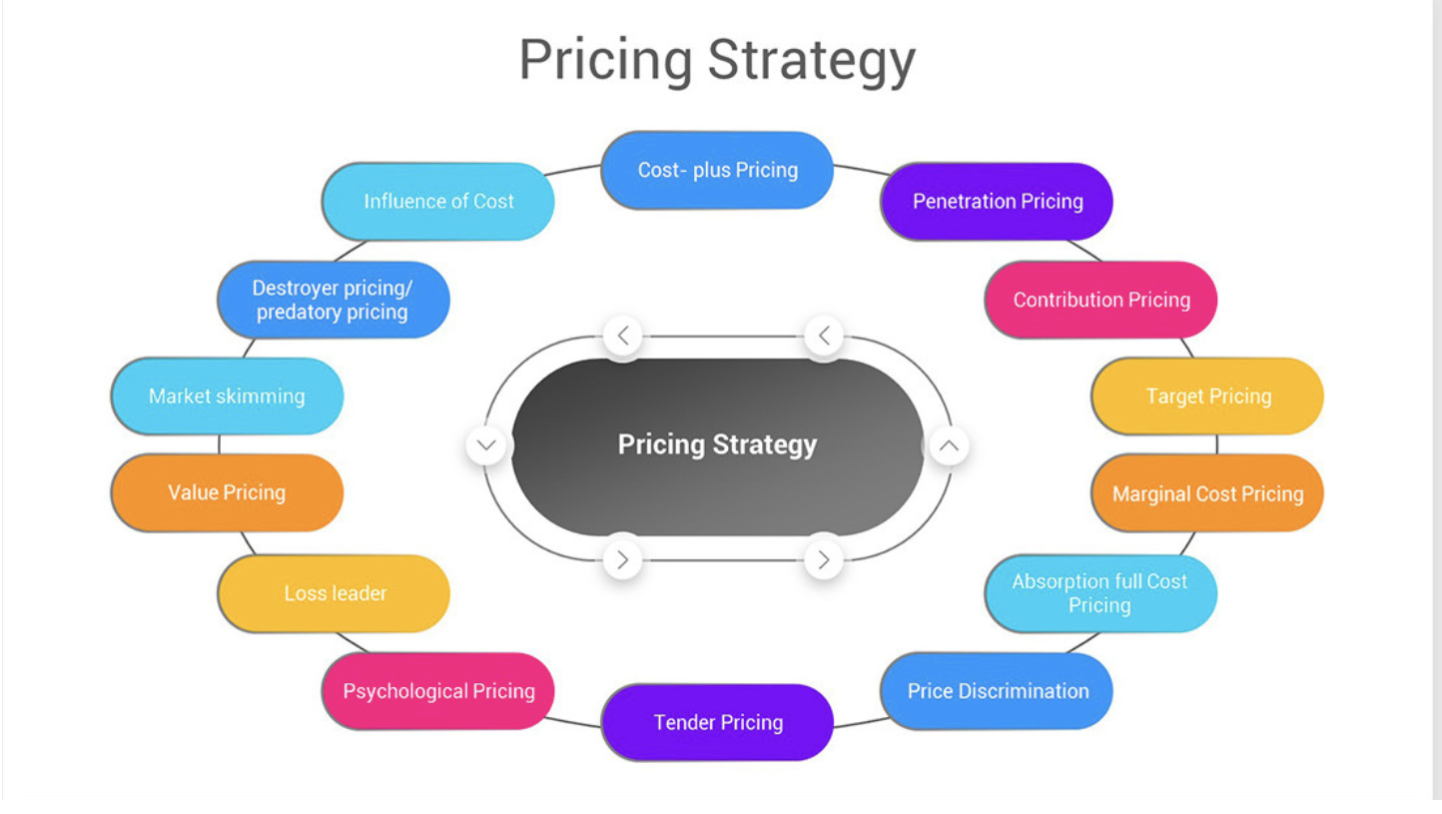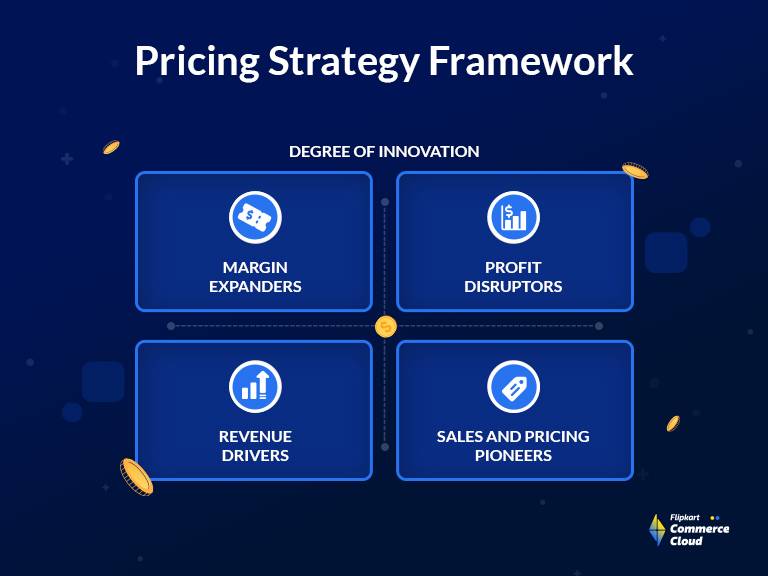Understanding Consumer Actions and Its Influence On Your Pricing Strategy
Understanding Consumer Actions and Its Influence On Your Pricing Strategy
Blog Article

Master Effective Prices Methods to Take Full Advantage Of Revenue
In the ever-evolving landscape of commerce, mastering reliable rates approaches is essential for businesses intending to make the most of earnings. A nuanced understanding of rates psychology can significantly affect client actions and getting decisions.
Comprehending Pricing Psychology
Comprehending pricing psychology is important for organizations aiming to maximize their prices methods. This field takes a look at how customers perceive rates and just how these understandings affect their buying choices. Key ideas in pricing psychology consist of the anchoring effect, where the first price presented acts as a recommendation factor for customers, and the idea of price level of sensitivity, which varies among different customer segments.
In addition, services can leverage the concept of perceived worth, where the regarded benefits of a product or solution can justify a greater price factor. Costs rates can create an aura of exclusivity, attracting customers who associate greater costs with exceptional quality. On the other hand, mental pricing, such as establishing a cost at $9.99 rather than $10, can considerably affect consumer actions by making rates appear extra attractive.
Additionally, shortage and necessity can enhance the regarded worth of products, triggering quicker acquiring decisions. Understanding these mental triggers enables services to develop pricing techniques that not only drive sales however likewise foster consumer loyalty. Hence, understanding prices psychology is essential for efficient rates approach solution, leading to enhanced earnings and market positioning.
Executing Value-Based Rates

Next, section your clients based on their willingness to pay and the value they perceive. By doing so, you can customize offerings and prices approaches to line up with various sectors.
Continuously keep track of market conditions and customer responses to fine-tune your rates approach over time. By executing value-based rates, companies can boost earnings while fostering long-lasting client commitment.
Checking Out Dynamic Pricing Designs
In today's rapidly changing market landscape, dynamic prices versions have actually become an effective approach for services looking for to optimize profits and respond to changes sought after. These models enable firms to readjust their rates in real-time based on numerous factors such as consumer habits, market trends, and supply levels. By leveraging data analytics and algorithms, organizations can recognize optimum prices points that make the most of sales while continuing to be competitive.
Dynamic pricing can take different kinds, including time-based rates, where rates change based on time of day or season, and demand-based rates, which changes rates according to existing customer demand. This adaptability not only boosts success but also improves consumer contentment by providing rates that mirror real-time market problems.
Applying vibrant prices needs a robust technical framework and a deep understanding of consumer segments. Clear interaction about pricing changes can help mitigate client dissatisfaction and foster trust, inevitably leading to sustained profitability in a competitive market.
Studying Rival Rates
Keeping an eye on rival rates is necessary for companies aiming to maintain an affordable side check out here in their respective markets. By analyzing competitors' prices techniques, firms can identify market patterns, recognize consumer choices, and readjust their prices appropriately. This evaluation involves gathering data on rivals' costs, promotional approaches, and product offerings to notify rates choices.
To successfully analyze rival pricing, companies need to make use of different tools and strategies, such as price tracking software, market research study records, and customer responses. This information can reveal just how competitors position their services and products, allowing services to separate their offerings or adopt comparable strategies to remain relevant.
In addition, it is crucial to classify rivals into direct and indirect competitors. Direct rivals supply comparable product and services, while indirect rivals might meet the very same client requirement with different services. Comprehending the subtleties between these groups will certainly allow companies to tailor their rates approaches extra successfully.
Ultimately, continuous competitor prices analysis is vital for making informed rates decisions. It enables companies to stay nimble in feedback to market changes, guaranteeing they can confiscate opportunities and mitigate risks related to rates approaches.
Evaluating Prices Efficiency
Comprehending how competitor pricing influences market characteristics brings his response about an all-natural emphasis on evaluating prices performance within one's very own business. This analysis is crucial for recognizing locations of stamina and possibilities for enhancement, eventually boosting productivity.

Furthermore, performing routine rates audits can disclose disparities between anticipated and real performance. This involves comparing prices data across different segments and channels to comprehend differences and identify patterns. Integrating customer comments can offer understandings into perceived value versus actual pricing, ensuring positioning with market assumptions.
Last but not least, leveraging data analytics devices can help with much deeper insights right into rates performance, making it possible for organizations to make data-driven adjustments (Pricing Strategy). By consistently assessing rates efficiency, companies can adjust to market adjustments and enhance their methods, making sure continual earnings in an affordable landscape
Conclusion
By leveraging prices psychology, organizations can enhance perceived value and dressmaker pricing to varied client segments. The adoption of vibrant and value-based prices models facilitates real-time changes based on need and consumer desire to pay.
Understanding pricing psychology is essential for organizations aiming to optimize their prices techniques. Comprehending these psychological triggers allows companies to develop prices strategies that not just drive sales but also foster consumer loyalty. Hence, understanding prices psychology is crucial for effective pricing technique formula, leading to boosted productivity and market positioning.
By evaluating rivals' rates approaches, firms can identify market trends, understand customer preferences, and readjust their prices appropriately. By leveraging rates psychology, organizations can boost perceived value and tailor prices to diverse customer sectors.
Report this page